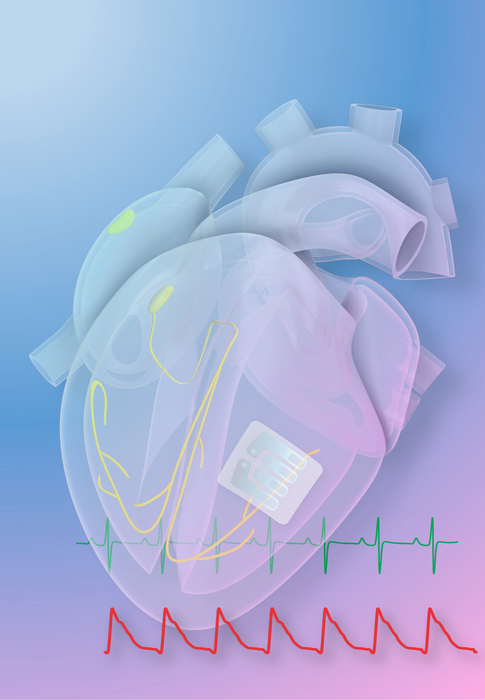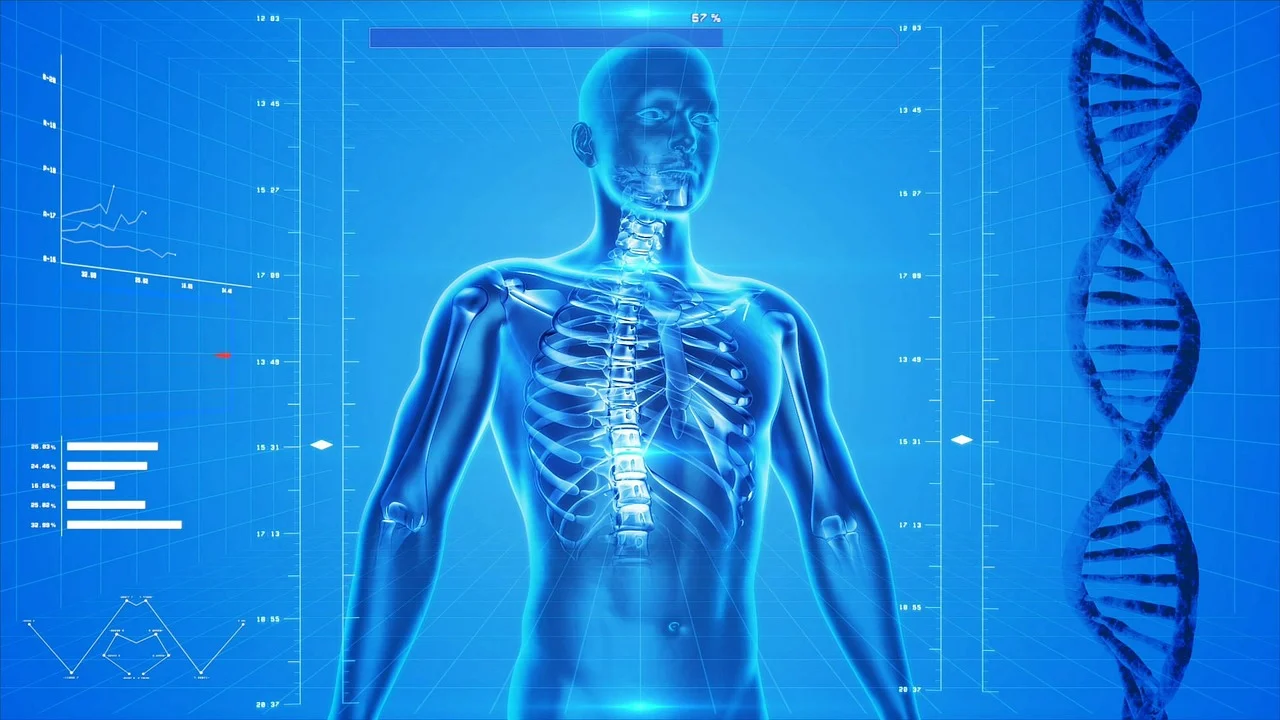Microplastics are the plastics that are not only polluting oceans and affecting sea life, but these are present everywhere. These are now found in the air we breathe, the food we eat, and the water we drink may it be tap or bottled.
Scientists have discovered them in the bottom of the deepest parts of oceans, in the snow near the peak of Mount Everest. According to scientists, Plastic pollution in the Arctic region has reached new heights.
Recently Microplastic particles have been found in the placentas of unborn babies as well.
But let me make you clear what are these microplastics?
Microplastics are any type of plastic fragment that is less than 5 mm in length. These are usually the broken-down components of larger plastic items.
DID YOU KNOW that there are as many as 51 trillion microplastic particles in the seas, which is about 500 times more than stars in our galaxy?
Sources of microplastics
Microplastics are not only sourced by plastic wastes but are also sourced by a lot of other things like cosmetics, clothing, and industrial processes.
· Microbeads: These are plastics that are intentionally designed to be small. These are used in many health and beauty products like shower gels and facial scrubs. Aquatic animals and birds can mistake microplastics for food. This way it enters our food chain.
· Microfibres: Microfibres are a product of human clothing and when one washes plastic clothing, it sheds them into the water.
Did you know that every year, about 1 million tons of tiny plastic fibers are released into wastewater?
· Face masks: Since the emergence of the COVID-19 pandemic, the usage of medical face masks has sharply increased to reach approximately 89 million masks each month. The increase in production, consumption, and littering of face masks is a new environmental challenge. After degrading, disposable face masks is emerging as a new source of microplastic.
But how these microplastics are entering our bodies
Microplastics are not only present in seafood, but these are contaminating the fruit and vegetables we eat. Microplastics are found to be sucked up with water through the root systems of food crops.
Can you imagine the water we drink from plastic bottles is adding to our microplastic intake?
Even Plastic bottles are doing this by leaching microplastics into drinking water products.
Teabags: Researchers found the magnitude of microplastics in a cup of tea is far more than other foods and drinks.
Just imagine a single plastic teabag when brewed at 95 °C releases about 11.6 billion microplastics and 3.1 billion nano plastics into a single cup.
How it is going to affect us
Microplastics when reaches our stomach, part of it is excreted, but part of it is also getting entrapped in the stomach and intestinal lining. These can also move freely in body fluids like blood, thereby reaching various organs and tissues of the body.
However, at present research on this topic is still very limited. But it is the right time to reduce our use and exposure to plastics.







